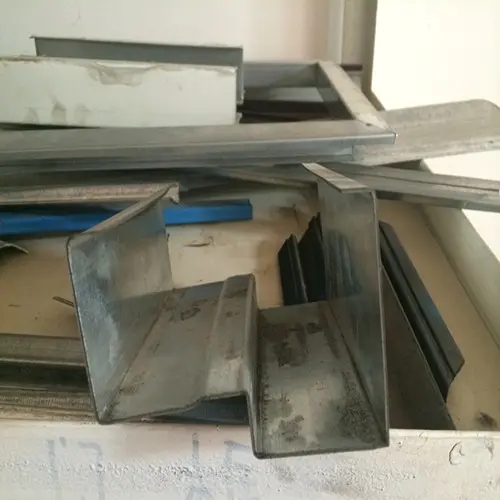
The Standing Seam Roll Former An Overview
The construction and roofing industries have seen significant advancements in technology, and one of the notable innovations is the standing seam roll former. This machinery has revolutionized the way metal roofing panels are fabricated and installed, offering numerous benefits in terms of efficiency, durability, and aesthetics. In this article, we will delve into what a standing seam roll former is, its components, benefits, and the applications in modern construction.
What is a Standing Seam Roll Former?
A standing seam roll former is a specialized piece of machinery used to create standing seam metal roofing panels. These panels consist of vertical seams that rise above the level of the panel, which adds to their durability and creates a distinct architectural appearance. The roll former takes flat sheets of metal and processes them through a series of rollers, gradually bending and shaping the material into long, continuous panels with interlocking seams.
Components of the Roll Former
The standing seam roll former typically comprises several key components
1. Uncoiler This is where raw metal coils are fed into the machine. The uncoiler unwinds the metal coil and feeds it into the roll forming system.
2. Roll Forming Station This is the heart of the machine, where the flat metal sheet is gradually shaped into the desired profile. The rollers are precisely designed to achieve the required angle and dimensions.
3. Cut-off Device Once the panels are formed to the required length, a cut-off device ensures that they are cut cleanly and accurately. This can be operated manually or automatically, depending on the setup of the machine.
4. Control Panel Modern roll formers are equipped with advanced control panels that allow operators to set parameters, monitor the process, and ensure precision throughout the production phase.

Benefits of Using Standing Seam Roll Formers
1. Efficiency Roll forming is a highly efficient process, allowing for the rapid production of long panels without the need for additional joints or seams. This leads to significantly faster installation times compared to traditional roofing methods.
2. Durability Standing seam roofs are known for their robustness. The design minimizes the risk of leaks, as the raised seams prevent water from penetrating the seams. The thicker gauge of metal used in these panels adds to their longevity, making them ideal for various weather conditions.
3. Aesthetic Appeal The sleek, modern appearance of standing seam roofing is a significant draw for architects and builders. The clean lines and uniformity of the panels enhance the visual appeal of both residential and commercial buildings.
4. Versatility Standing seam roll formers can produce a variety of panel profiles and sizes, making them suitable for multiple applications. From commercial roofs to residential projects, the adaptability of these machines is a substantial advantage.
5. Cost-Effectiveness While the initial investment in a roll former might be significant, the long-term savings due to reduced labor costs, minimized waste, and lower maintenance expenses contribute to cost-effectiveness over time.
Applications in Modern Construction
The standing seam roll former finds its applications in various sectors of construction, including residential roofing, commercial buildings, industrial warehouses, and even metal facades. Its ability to produce custom-length panels on demand makes it particularly valuable for contractors looking to reduce material waste and enhance precision in their projects.
In conclusion, the standing seam roll former is an essential tool in the modern construction landscape. With its efficiency, durability, and aesthetic benefits, it presents a compelling solution for metal roofing needs. As technology continues to evolve, the standing seam roll formers are likely to integrate even more advanced features, making them indispensable in roofing and architectural applications.